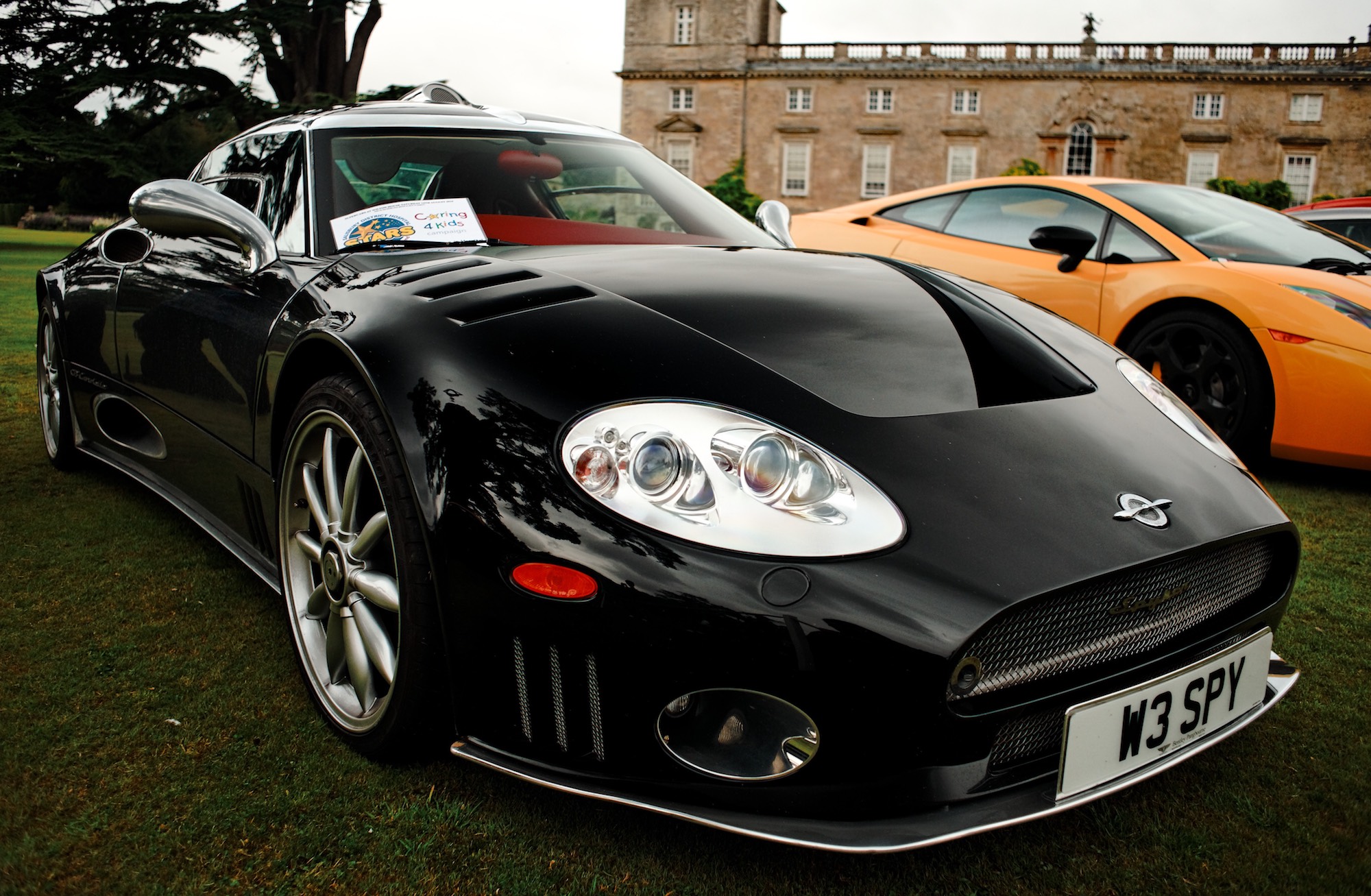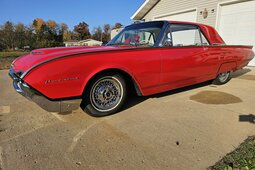If typical Aston Martins, Ferraris, and Bentleys don't offer the exclusivity you're seeking, and an airplane doesn't quite hit the mark, then Spyker may capture your attention. This niche Dutch manufacturer crafts extraordinary luxury sports cars that stand out from the crowd. Get ready to indulge in a visual treat of gleaming aluminum, exquisite leather, and captivating gauges.
From Carriages to Planes
Founded in 1880, Spyker initially crafted horse-drawn carriages, with one of their creations still in use by Dutch Royalty today. As the 20th century dawned, they pivoted to motorized vehicles—what we now call cars. Their prowess was evident when the Spyker 14/18 PK clinched victory in the demanding Peking to Paris rally in 1907. By 1914, a merger with an aircraft company saw Spyker venturing into fighter plane production for WWI. Post-war, they continued their legacy of crafting luxury and sports cars but unfortunately faced bankruptcy in 1925.
New Spyker
For several decades, the Spyker brand remained dormant. However, in 2000, it experienced a resurgence when a fresh enterprise resurrected the name for their line of luxury sports cars. The C8 Spyder, the inaugural car of this new Spyker era, was showcased at the Birmingham Motor Show. Echoes of Spyker's past were evident in the car's aerospace-inspired design elements. While many car designers often look to aviation for inspiration, with examples spanning from the SAAB 900 to the Lamborghini Aventador, Spyker's approach stood out. Their iconic design was accentuated with lavish leather and gleaming aluminum, and the interior boasted the unmistakable Spyker trademark: an exposed gear linkage.
C8 Spyder and all other C8s that followed are propelled by a mid-mounted modified version of Audi’s 4.2 V8, an incredible engine to begin with, driving the rear wheels. The Spyder was soon followed up by C8 Laviolette which had a fixed transparent roof. In 2006 their car range was expanded with a 6.0 W12 powered C12 La Turbie and a year later it was rebodied by Zagato and sold as C12 Zagato.
The company was not satisfied with just building road cars and entered endurance racing with a purpose built C8 Double 12R. Developed on extended C8 platform, it was intended specifically for 24 hours of Le Mans. This car spawned a road-going homologation version with an equally enormous name C8 Double 12S which could go up to whopping 345 km/h.
Spyker’s motorsport ventures did not end there. In 2006 the company even had its own F1 team. Sadly, due to failing crash tests they have missed the start of the season and their later efforts were not too successful either – the team only managed to score 1 point in the whole season. GT racing worked far better for Spyker, in 2009 they even finished 5th in class in 24 hours of Le Mans with Spyker C8 Laviolette GT2R.
Another fall, another rise
In 2009, Spyker acquired SAAB, another airplane-inspired company. The plan was to turn the struggling manufacturer around and bring it back to its former glory. This plan for SAAB failed, dragging Spyker down along with it. The Dutch manufacturer had to cut its losses, get rid of SAAB and restructure after declaring bankruptcy in 2014. Then the company disappeared for a couple of years just to make a comeback with a C8 Preliator, a third generation of their C8 supercar.
We are glad Spyker managed to recover after their financial hardship – the car maker truly brings some variety into the automotive ecosystem. When it comes to craftsmanship and attention to detail, Pagani is virtually the only other manufacturer that can match Spyker. Dutch company tries to deliver the best tactile sensation possible, all of their surfaces are made from high quality materials, solid feedback of all inputs is their top priority. One starts a Spyker by flicking a fighter jet style switch and changes gears with the aforementioned exposed 6-speed gearbox linkage. Everything around those switches and dials is covered in top quality bull leather in stitching of client’s choice. Think of Spyker as a sportier and less tacky Rolls Royce competitor. On top of that, Spykers tend to age better than most luxury cars, at least in our opinion. The original C8 Spyder looks far less outdated, both inside and out, than comparable DB7s and Ferrari 360s from the same era.
They are also more exclusive than Rolls Royce. Only around 300 of contemporary Spykers have been built to date. To increase the feeling of belonging to a special club, the Spyker owners have their own internet Spyker forum which cannot be accessed by mere mortals. For instance, there is only going to be 50 of C8 Preliators made in the end. These 520 hp, 322 km/h cars will sell for at least $354,900 which is comparable to Ferrari 812 Superfast price. Even when Ferrari can offer you more performance, Spyker will definitely trump it in terms of exclusivity.
Spyker: An Impenetrable Fustercluck
---
Discover your dream car within our Car Categories, or explore our Classic Passion Shop to uncover thrilling items from our associates!



















